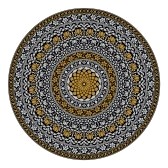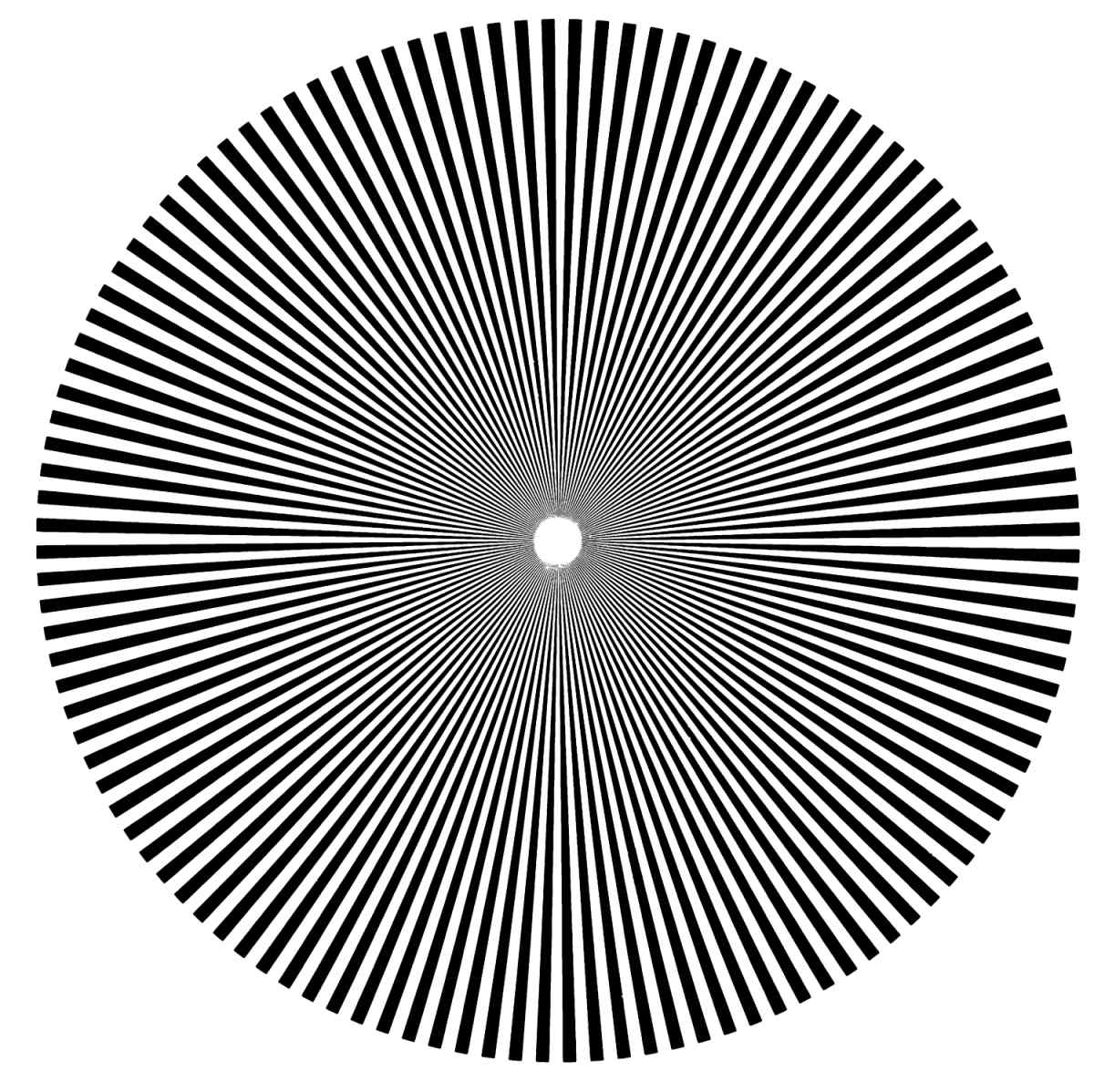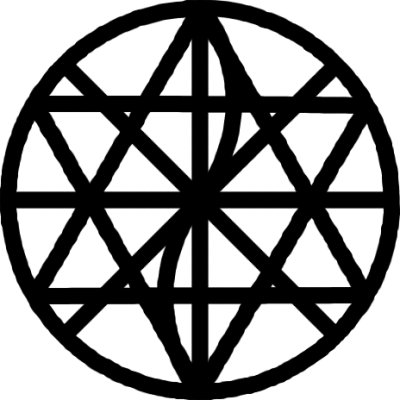 |
American Literature: Romanticism Sample Final Exams 2013 final exam assignment |
 |
Carlos Zelaya
“Elements of Romanticism in the Park”
As I took my usual evening walk thinking about my final exam
for my Romanticism Class, I began to think and to look for the different
romanticism elements out in the park. I was shocked and surprised at how much I
learned in my Romanticism Class. While trying to stay alive during the upcoming
uphill, I began to pinpoint not only the physical but also the abstract elements
of romanticism. I thought how can this be? If when I started this class, the
only thing I knew about romanticism was that it involved love, hearts,
Valentine’s Day, a steamy novel, a chick flick, etc. That evening, I discovered
that if anyone asked me what I had learned in my romanticism class, I would be
able to tell them a few things about it.
The first romanticism element
that I saw was in the gazebo that I came across while going up another uphill.
The gazebo had gothic characteristics. In other words, the gazebo had pointed
arches and they were also round on top. The top of the gazebo had several
pointed tips which is another characteristic of gothic architecture. Right
across the water from the gothic gazebo, there was a cathedral with gothic
architecture style like the picture below. The Gothic Romance was a quite
distinct contribution to the Romantic Movement.
The first was
Horace Walpole's Castle of Otranto (1765), set
in a haunted castle and containing various mysterious apparitions such as a
gigantic mailed fist.
The
modern horror novel and woman's romance are both descendants of the Gothic
romance, as transmuted through such masterworks as Charlotte Bronte's Jane
Eyre and her sister Emily's Wuthering
Heights. Another classic Gothic work, Mary
Shelley's Frankenstein, is
often cited as a forerunner of modern science fiction.


The second romanticism element that I thought about
while walking that evening was “Nature.” I was surrounded by the different
aspects of nature such as earth, water, and air. “Nature” meant many things to
the Romantics. Sometimes “nature” was presented as itself a work of art,
constructed by a divine imagination in emblematic language. For example,
throughout “Song of Myself,” Whitman makes a practice of presenting commonplace
items in nature—“aunts,” “heap’d stones, etc. The park was filled with little
critters and greenery that represented the nature mentioned in the works of many
romantic authors.
The
third romanticism element that I saw was the individual romantic hero that you
find in novels or a love story. The way that I saw this element at the park, was
when a young man decorated the table with a red tablecloth, and placed flowers
on top of the table of the gazebo. He did not care that he was doing the
decorating by himself. He also did not care that some of the people walking were
staring at him. His only purpose was to make his prom date happy and proud of
him. The Romantics asserted the importance of the individual, the unique, even
the eccentric.

The last element that I thought about while at the
park was the power of imagination. Imagination was elevated to a position as the
supreme faculty of the mind during the Romantic period. The Romantics tended to
define and to present the imagination as the ultimate “shaping” or creative
power, the approximate human equivalent of the creative powers of nature or even
deity. I was very impressed with the young man’s imagination for the selection
of the gazebo as the place to perhaps declare his love or simply have a good
time with his love. I am sure that he had imagined this particular place as the
unique place to show his love.
I believe that the power of imagination and
romanticism are two forces that can invade the mind of a human being. I
discovered exactly that while taking my daily walk in the park. My imagination
permitted me to recall the different things that I learned in Dr. White’s Class.
From now on, I will always think of romanticism and the park as one significant
learning experience.
|
|
|
|


